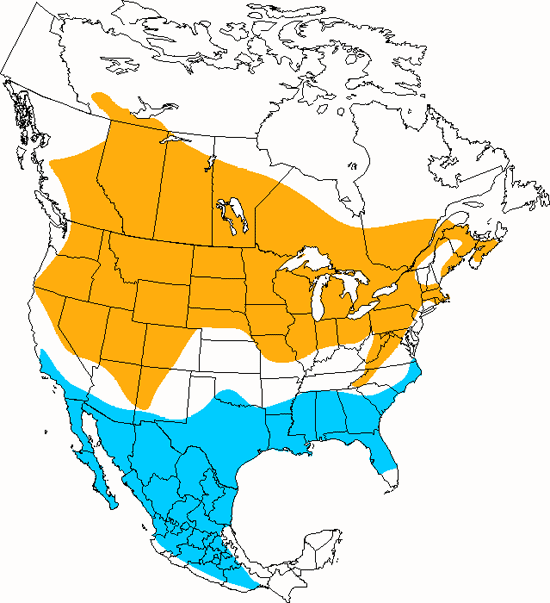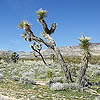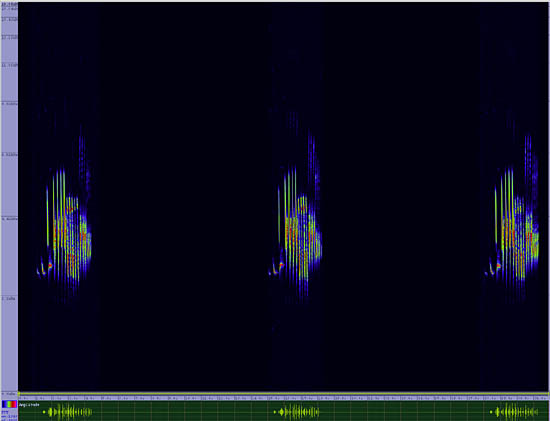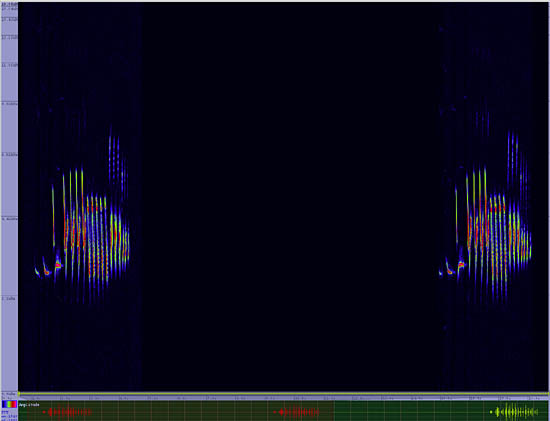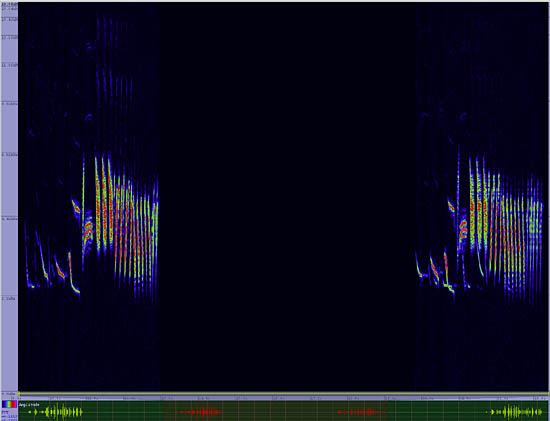Vesper Sparrow
Pooecetes gramineus

Perching
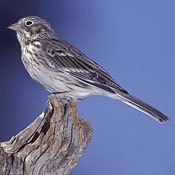
Length: 6 in. (16 cm )
Commonly winters in small flocks of mixed sparrow species in open fields, grasslands, and prairies where it runs across the ground searching for seeds. During the breeding season, it is more solitary in similar open habitats where it eats seeds and insects. The nest is a cup-like depression dug into the ground lined with grass and usually placed under a concealing clump of grass or short vegetation. To fool intruders close to the nest, the female will spread its tail and drag a wing or leg feigning injury and lead the enemy away from the young or eggs.
The four-digit banding code is VESP.
Bibliographic details:
- Article: Vesper Sparrow
- Author(s): Dr. Biology
- Publisher: Arizona State University School of Life Sciences Ask A Biologist
- Site name: ASU - Ask A Biologist
- Date published: 13 Jul, 2017
- Date accessed:
- Link: https://askabiologist.asu.edu/activities/bird/vesper-sparrow
APA Style
Dr. Biology. (Thu, 07/13/2017 - 15:38). Vesper Sparrow. ASU - Ask A Biologist. Retrieved from https://askabiologist.asu.edu/activities/bird/vesper-sparrow
Chicago Manual of Style
Dr. Biology. "Vesper Sparrow". ASU - Ask A Biologist. 13 Jul 2017. https://askabiologist.asu.edu/activities/bird/vesper-sparrow
Dr. Biology. "Vesper Sparrow". ASU - Ask A Biologist. 13 Jul 2017. ASU - Ask A Biologist, Web. https://askabiologist.asu.edu/activities/bird/vesper-sparrow
MLA 2017 Style
Be Part of
Ask A Biologist
By volunteering, or simply sending us feedback on the site. Scientists, teachers, writers, illustrators, and translators are all important to the program. If you are interested in helping with the website we have a Volunteers page to get the process started.

